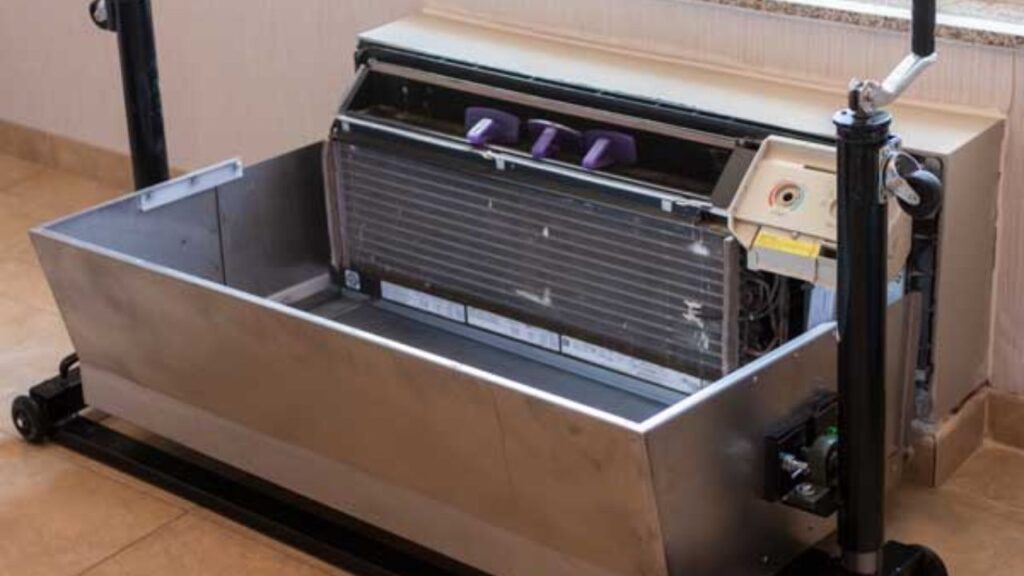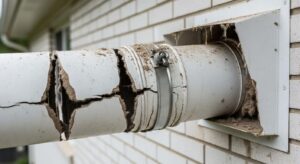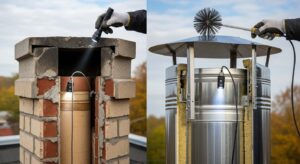Just like a well-oiled machine power through work, your PTAC unit needs regular upkeep to keep your space comfortable. You’ve noticed it’s not working quite right—odd smells, strange sounds. It’s time to dive into the nitty-gritty of PTAC cleaning.
You’ll uncover the signs that scream for a clean, grasp the gains of staying on top of maintenance, learn safe cleaning practices, and master the steps to refresh your unit.
Let’s troubleshoot those issues and breathe easy again.
Signs Your PTAC Needs Cleaning
Recognizing the necessity of PTAC cleaning is crucial when you notice decreased efficiency or poor air quality in your space. Dust accumulation isn’t just unsightly; it’s a primary culprit behind many of your unit’s issues.
Over time, dust and debris can build up, leading to airflow blockage that strains your system. This doesn’t only compromise your comfort but also hikes up your energy bills as the unit works harder to maintain the desired temperature.
You’ve got to watch out for signs like weak airflow, unusual noises, or a musty smell—these are dead giveaways that your PTAC unit is crying out for a good clean. Don’t ignore these red flags; tackling the problem early can save you from bigger headaches down the road.
Benefits of Regular Maintenance
Regularly maintaining your PTAC unit ensures it runs efficiently, saving you money on energy costs in the long run. Not only do you enjoy cost savings, but you also benefit from a variety of advantages that come with consistent upkeep. Here’s what you’ll gain:
- Efficiency Optimization: A clean PTAC operates at peak performance, which means no wasted energy.
- Extended Lifespan: Regular maintenance can prevent wear and tear, thereby prolonging the life of your unit.
- Improved Air Quality: A clean unit circulates cleaner air, reducing the risk of allergens and bacteria.
- Cost Savings: Fewer repairs and replacements are needed over time, which means more money stays in your pocket.
Don’t overlook the importance of regular PTAC maintenance—it’s key to ensuring your unit works well for years to come.
PTAC Cleaning Safety Precautions
Before you begin cleaning your PTAC unit, it’s crucial to take certain safety precautions to prevent accidents and ensure your well-being.
Always disconnect the unit from its power source to avoid electrical hazards. This step is non-negotiable; working on an energized unit can lead to serious injury.
When handling cleaning chemicals, make sure you’re in a well-ventilated area to prevent inhalation of fumes. Wear gloves and eye protection to shield your skin and eyes from potential irritants found in some cleaners.
Don’t mix chemicals unless the manufacturer’s instructions specifically state it’s safe to do so, as some combinations can create dangerous fumes or reactions.
Step-by-Step Cleaning Process
Now that you’ve taken the necessary safety precautions, let’s walk through the step-by-step process of cleaning your PTAC unit.
- Turn off your PTAC unit to ensure your safety before beginning the cleaning process.
- Remove and clean the filter. If it’s a reusable filter, wash it with warm water and let it dry completely. If it’s disposable, you’ll need to handle filter replacement.
- Clean the coils and other internal components using appropriate cleaning solutions. Be careful not to damage delicate parts.
- Reassemble your unit after all components are dry. Make sure everything is secure before turning your PTAC unit back on.
Regular cleaning and maintenance will help keep your PTAC unit running efficiently.
Troubleshooting Common Issues
Even with thorough cleaning, you may encounter a few common issues that require troubleshooting. If your PTAC unit isn’t performing optimally, check if it’s time for a filter replacement. Clogged or worn-out filters can lead to inefficiency and poor air quality. It’s a simple fix, yet it’s often overlooked.
Noise diagnostics can be trickier. If your unit’s making strange sounds, it could be due to debris in the fan or a mechanical fault. Listen closely to pinpoint the noise source. Is it a rattle, a hum, or a buzz? Each sound could indicate a different issue. You’ll want to address this promptly to prevent further damage.
Don’t ignore these signs; timely intervention can save you from costlier repairs down the line.
Conclusion
Just like a car needs regular oil changes to purr along, your PTAC requires routine cleanings to keep your space comfortable. Skipping maintenance is like ignoring a check engine eventually, performance sputters and stalls.
You’ve learned the signs, safety steps, and the cleaning process. You’re equipped to troubleshoot issues, too. So grab your tools, and give your PTAC a spa day. It’ll thank you with efficient, reliable service, just like a well-tuned engine on the open road.





